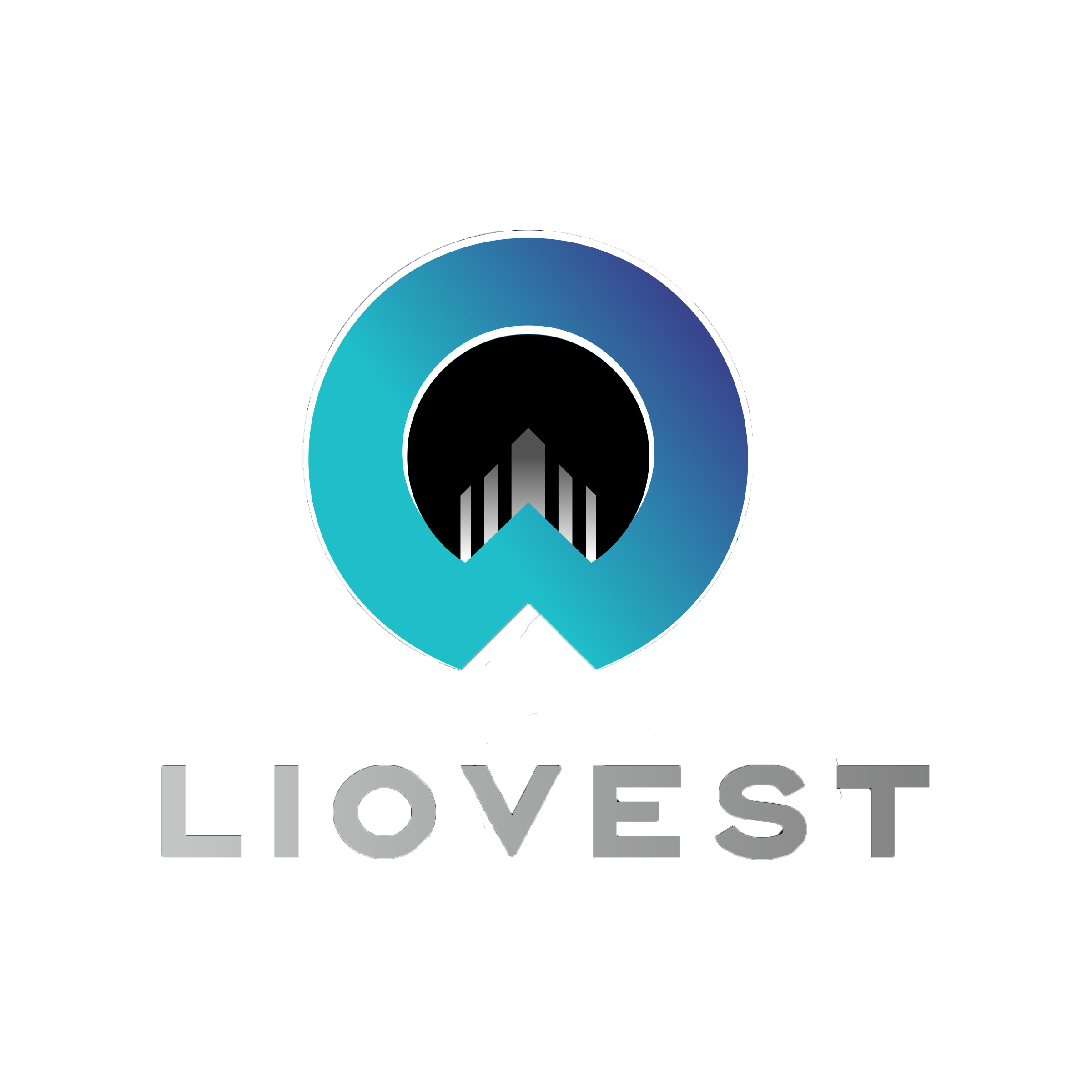Introduction
As stablecoins are gradually brought under regulatory frameworks, and sovereign funds along with traditional financial institutions begin experimenting with tokenisation, the market’s attention has turned toward securitised and standardisable asset types such as bonds, fund units, and real estate rights. These assets, being easy to price, liquid, and with clear compliance pathways, have become the mainstream narrative for RWA.
Yet within this RWA process, driven primarily by themes of standardisation, securitisation, and institutionalisation, another core Web3 asset form the non-fungible token (NFT) has been largely overlooked.
NFT: Conclusion or Consolidation?
Following the frenzy of 2021, the NFT market saw its price bubble burst and transaction volumes fall sharply, leading many to believe it had “ended.” In reality, this is precisely the moment to re-examine the relationship between NFTs and RWA.
By nature, NFTs represent asset uniqueness, non-standardisation, and non-interchangeability. This stands in contrast to the standardised, composable, and divisible nature of securitised assets that currently dominate the RWA discussion. Precisely because of these characteristics, NFTs may be the most suitable technical vehicle for representing non-standardised physical assets, intellectual property, artworks, rare goods, and even personal reputation.
Standardised RWA Is Not the Whole of Web3
The securitised RWAs that dominate the market today are essentially a migration of Web2 financial infrastructure onto the blockchain. Transactions become more efficient, settlement is faster, and compliance is more automated, yet the underlying logic remains unchanged: institution-led finance delivered through standardised products.
Web3, at its core, is about decentralisation, openness, and asset sovereignty. NFTs represent an individualised release of the right to define and express assets. They allow creators, individuals, and communities to determine an asset’s characteristics and rules, rather than relying on traditional financial templates.
Can NFTs Find Renewal in the RWA Wave?
The answer is yes, if the market can move beyond the assumption that “RWA equals securitised assets.”
In the future, NFTs could serve as:
- Registration certificates for non-standardised RWAs such as artworks, luxury goods, limited editions, collectibles, and copyrights
- Tools for ownership division and verification, for example splitting usage or income rights of real estate
- Carriers for credit, reputation, or data assets, such as personal data, reputation scores, content rights, and educational credentials in on-chain form
- Certificates of social or community assets, representing membership, governance rights, or participation records
These asset forms may be difficult to standardise, yet they are essential components of real-world value. They are closer to the original vision of “assets on-chain” and more aligned with the innovative spirit of Web3.
Final Note:
NFT as the Mirror of Web3’s Spirit of Innovation
Today, NFTs are often viewed as “past their hype,” but the non-standardised asset logic they embody could be the key to breaking the boundaries of centralised finance. Compared to securitised RWAs, NFTs may be less financialised, less standardised, and less compliance-friendly, yet this is precisely what brings them closer to Web3’s founding vision: returning the right to define assets to individuals and communities.
The market should be reminded: RWAs are not limited to bonds, funds, and real estate. They can also be every unique and tangible object or right. NFTs may be the key that links these assets to the on-chain world.
